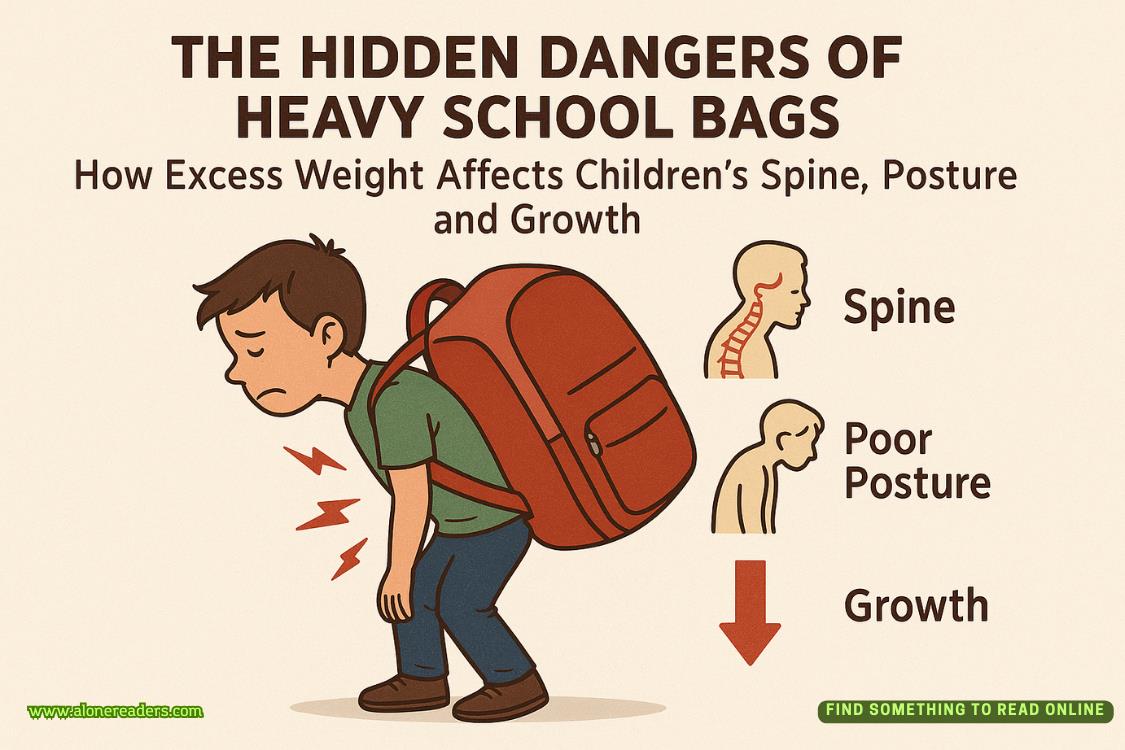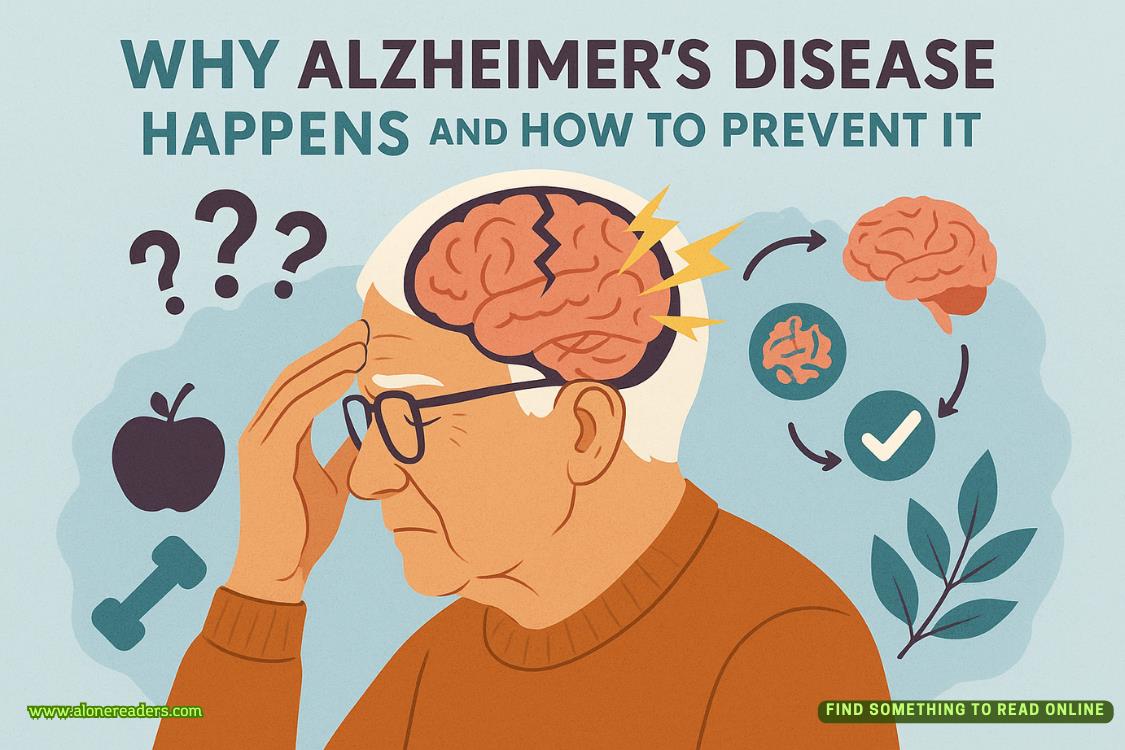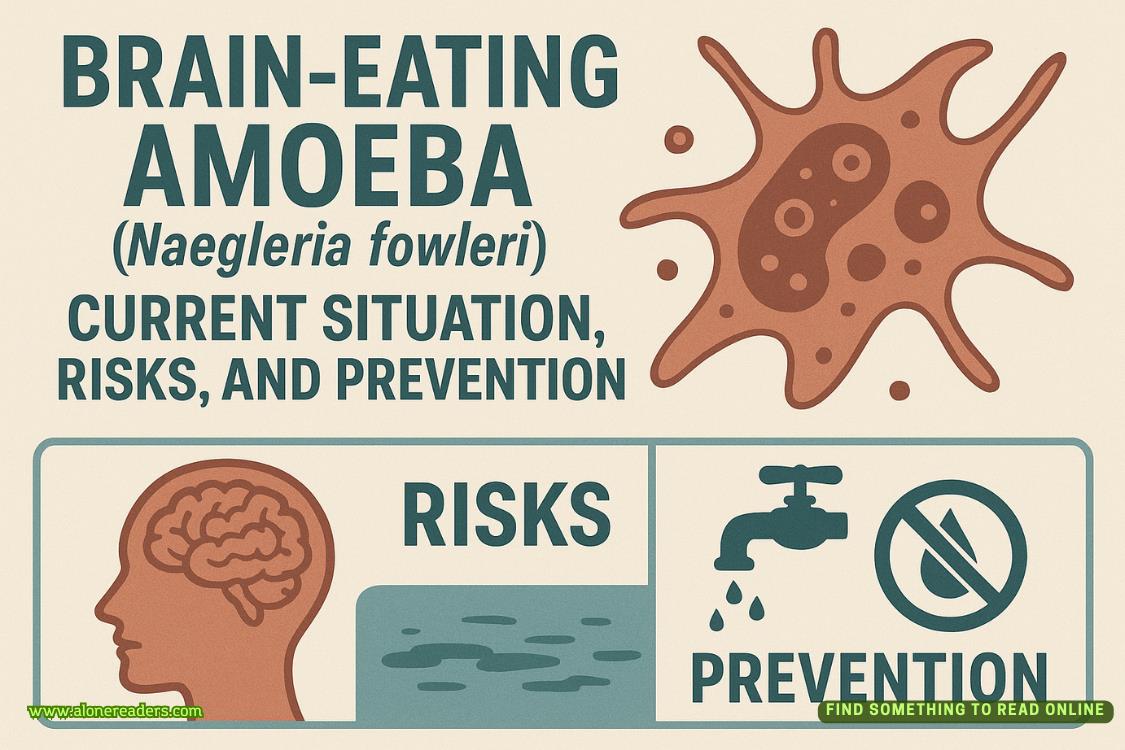1
BLAIR
The first timeI saw Colt Mitchell he was punching a man so hard the man’s helmet snapped off and slid across the ice.
Subject line:Heads up, he’ll be in your Wednesday group.
My supervisor sent the link with zero context. The clip loaded and I saw Colt Mitchell, star hockey player, dragging a man’s bloodied body across the ice.
Not in practice or a locker room.
On the ice, during a professional hockey game, while cameras rolled and the entire world watched. Brutal, deliberate. And he didn’t stop. Carnage televised.
In group we teach control. Deep breath, hands open. On the screen, Colt’s stayed closed.
I’d expected someone with manageable anger. Not a thirty-one-year-old, six-foot-something NHL enforcer beating another man until his body went slack. Sure, fights happened in hockey. Everyone knew that. But this wasn’t a simple fight.
It was a moment I’d never forget. My laptop balanced on my thighs, fork suspended mid-air. No sound. Only the flash of rink lights and a tangled mess of bodies. One figure lying helplessly on the ground. The other on top of him. Thrashing.
Devastating.
I had precisely zero knowledge about hockey, so I couldn’t pick Colt Mitchell from a lineup, much less off the ice.
I opened Google. Evidently, he was a rising star known for crushing hits and a jawline that appeared to be carved from stone by someone very angry. High cheekbones, straight nose. Dark-lashed eyes that tracked the other player’s hands. A deliberate expression usually seen on men who’ve been hit hard and learned what to do next.
Articles from the big sports sites mentioned “disciplinary action” and “unresolved aggression.”
Nevertheless, I watched the clip two times.
On the third watch, I found the courage to turn on the volume. That was when I heard the screaming, which I’d naively assumed was the crowd.
But it wasn’t cheering. It was panic.
A commentator yelled about a substantial suspension while a nearby coach pounded plexiglass as if the world had ended. And the ref, with frantic eyes, shouted over and over, “Let him go. Let him go!”
But Colt didn’t let the other player go. Not until the sixth punch after the guy was clearly out cold. Not rage, not fury. Something colder.
As if he wasn’t angry. He was just doing his job.
Finishingsomething.
I told myself I was only watching it for a clinical perspective. As an anger management therapist, footage like this was useful in my day-to-day work. I needed to know about dangerous things, fury, dissociation, fight-or-flight response.
But what I’d seen had rocked me. I opened a new email.
Subject:Recusal/Referral – Wednesday Anger Management Group (C. Mitchell)
The cursor blinked, begging me to decide. Ethics would indicate that a therapist should recuse for things such as impairment, dual relationships, or conflicts that can’t be contained. But what I had was a hard pulse in my throat and a man on my screen who didn’t look angry; he looked intent.
I typed:I request to refer out.
I backspaced and reminded myself that our waitlist was three weeks and moving Colt would mean stranding him between court and public relations.
Fear wasn’t a conflict. Fascination could be. My pulse argued for a conflict of interest.
Across the street, a thin sightline opened through a gap in my neighbor’s curtain. Her living room was lit by a television playing ESPN where the fight played on loop. Wind thudded on the window like a fist as rain started, slowly but stubbornly. My gaze returned to the draft.
In light of the footage…















